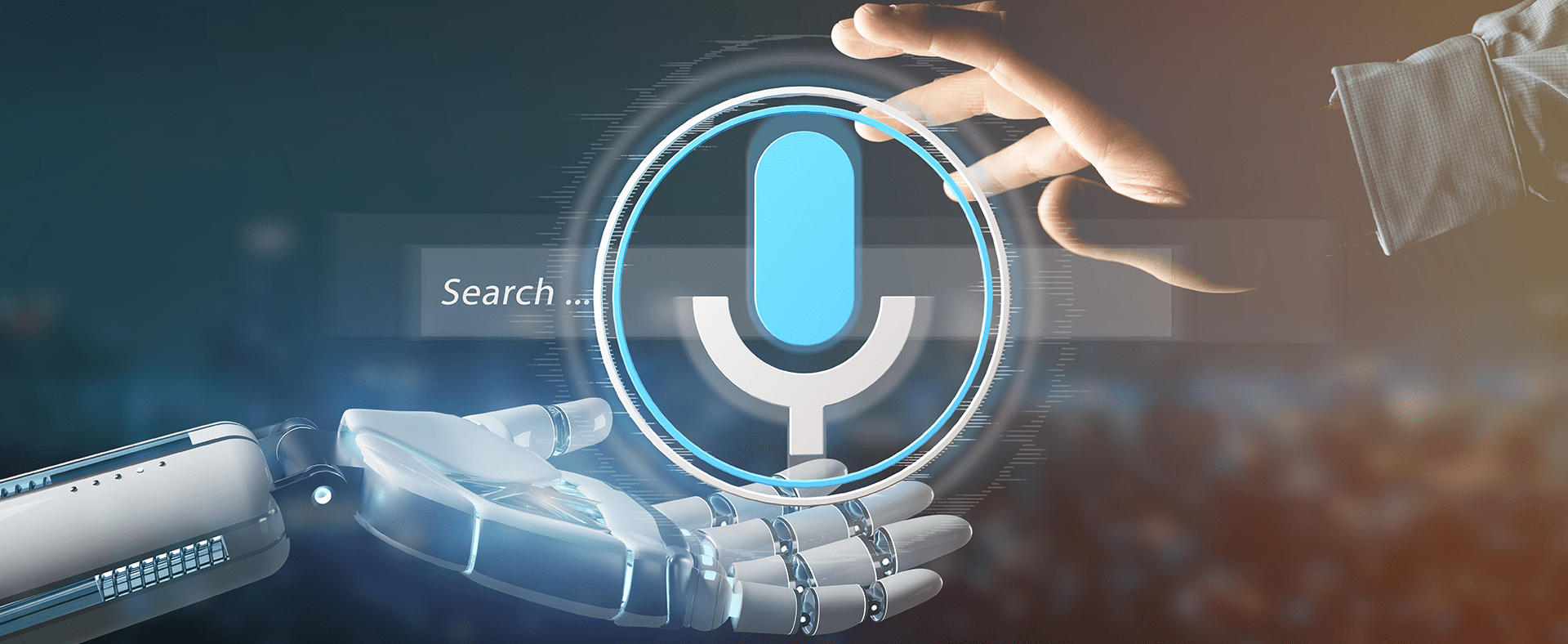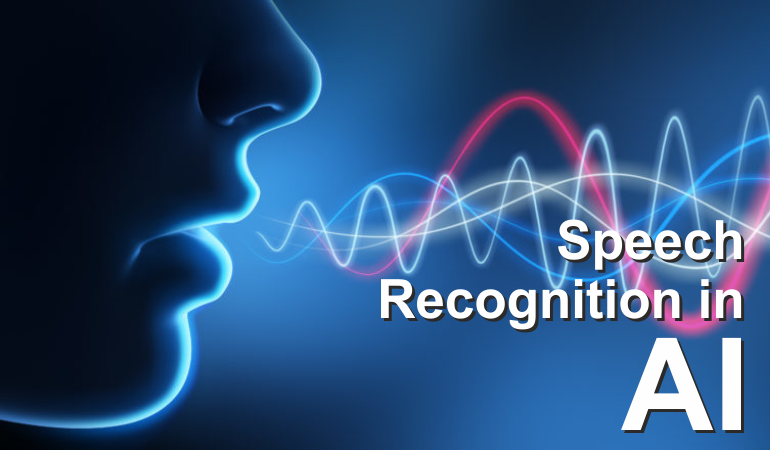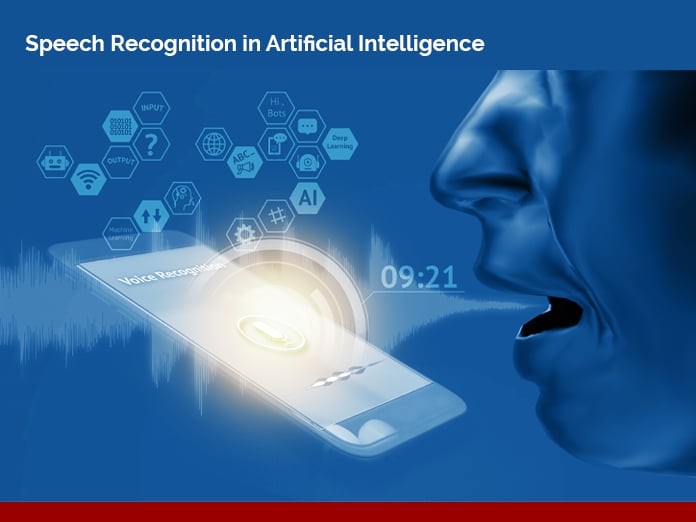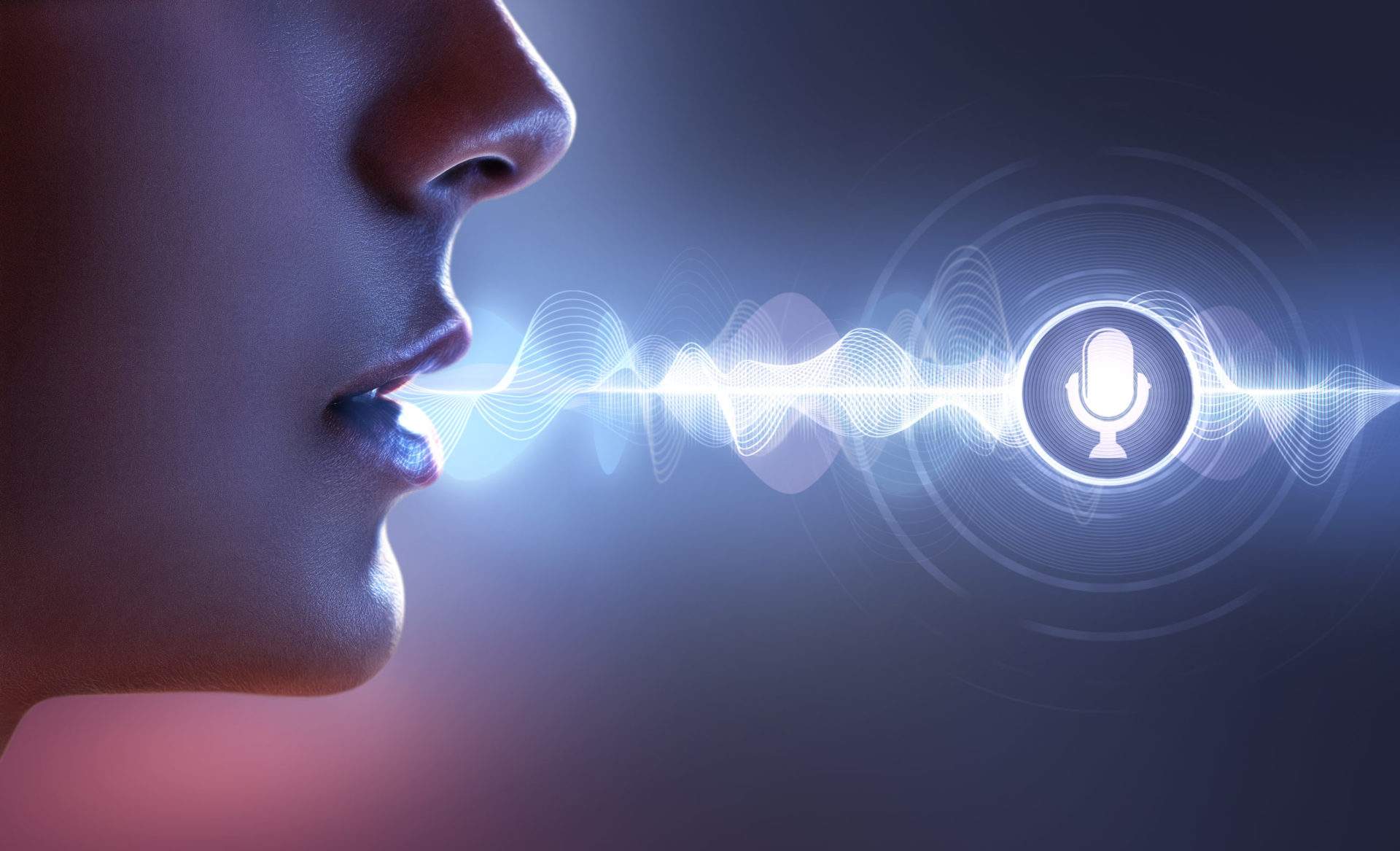Speech recognition software is a type of artificial intelligence (AI) that allows computers to understand and respond to spoken words. It is used in a variety of applications, from voice-activated personal assistants to medical diagnosis tools. Speech recognition software has come a long way in recent years, and it is now more accurate and reliable than ever before. This is due in part to the increasing availability of large datasets of speech data, which AI models can be trained on.

Speech recognition software works by converting spoken words into text. This is done using a variety of techniques, such as:
- Automatic speech recognition (ASR): This is the most common type of speech recognition software. It uses a pre-trained model to convert speech into text. The model is typically trained on a large dataset of speech data, and it learns to identify the sounds that make up words.
- Speaker-dependent ASR: This type of speech recognition software is trained to recognize the speech of a specific individual. This is useful for applications such as voice-activated personal assistants, where the user wants to be able to interact with the system without having to say their name each time.
- Speaker-independent ASR: This type of speech recognition software is not trained on the speech of a specific individual. It can be used to recognize the speech of any person. This is useful for applications such as medical diagnosis tools, where the user may not be able to speak clearly or may be speaking in a noisy environment.
Speech recognition software has a wide range of applications, including:

- Voice-activated personal assistants: These assistants can be used to control devices, search the web, play music, and more. They are typically controlled by voice commands, and they can be very helpful for people who are busy or who have difficulty using a mouse or keyboard.
- Medical diagnosis tools: Speech recognition software can be used to help doctors diagnose diseases. By recording and transcribing patient interviews, doctors can more easily identify symptoms and make diagnoses.
- Educational tools: Speech recognition software can be used to help students learn new languages. By listening to and transcribing students' speech, the software can provide feedback on their pronunciation and grammar.
- Customer service tools: Speech recognition software can be used to help customer service representatives provide better service. By transcribing customer calls, representatives can more easily identify problems and provide solutions.
Speech recognition software is a powerful tool that is still evolving. As the technology continues to improve, it will become even more useful in a wider range of applications.
How does speech recognition software work with AI?

Speech recognition software works with AI in a variety of ways. One common way is for the AI model to be trained on a large dataset of speech data. This allows the model to learn the sounds that make up words and how they are pronounced in different contexts. Another way that AI is used in speech recognition is to help the model to understand the context of what is being said. This can be done by using information from the surrounding text or by taking into account the speaker's tone of voice.
AI is also used to help speech recognition software to deal with noisy environments. This can be done by using a variety of techniques, such as filtering out background noise or by using a microphone that is specifically designed for noisy environments.
Benefits of using speech recognition software with AI

There are a number of benefits to using speech recognition software with AI. These include:
- Improved accuracy: AI-powered speech recognition software is more accurate than traditional speech recognition software. This is because the AI model can learn the sounds that make up words and how they are pronounced in different contexts.
- Greater flexibility: AI-powered speech recognition software can be used in a wider range of applications than traditional speech recognition software. This is because the AI model can understand the context of what is being said and can deal with noisy environments.
- Reduced costs: AI-powered speech recognition software can be more cost-effective than traditional speech recognition software. This is because the AI model can be trained on a large dataset of speech data, which can be expensive to create.
Challenges of using speech recognition software with AI

There are also a number of challenges to using speech recognition software with AI. These include:
- Data requirements: AI-powered speech recognition software requires a large dataset of speech data to train the AI model. This can be expensive to create.
- Complexity: AI-powered speech recognition software can be complex to develop and deploy. This can make it difficult to use in some applications.
- Bias: AI models can be biased against certain groups of people. This can lead to errors in speech recognition, which can have serious consequences.
Conclusion


Speech recognition software with AI is a powerful tool that has a wide range of applications. However, there are also a number of challenges to using this technology. By understanding
Post a Comment